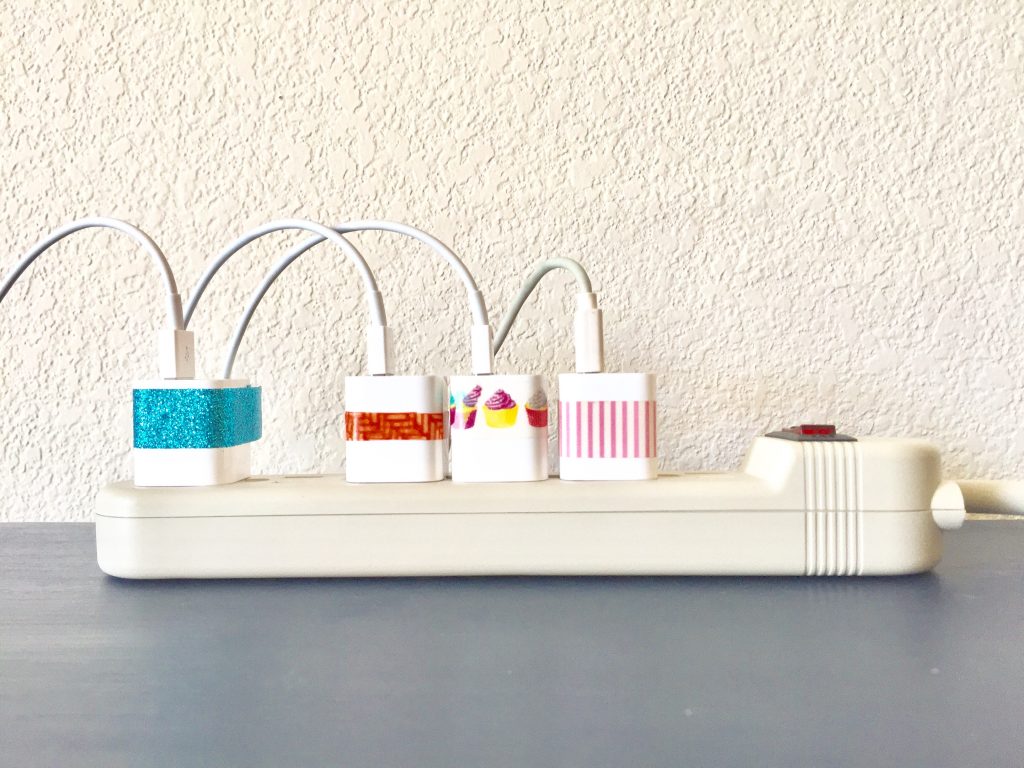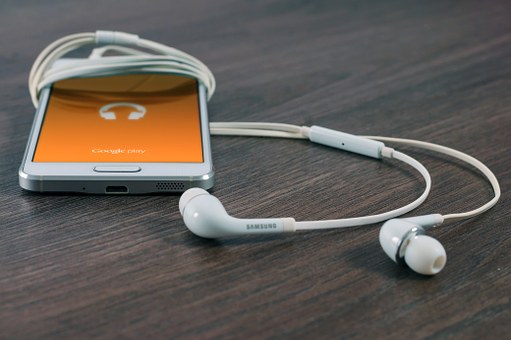Even if you’re just a family of one, the amount of electronic products that accumulate in your home is pretty daunting. If you’re a family of four, it’s out of control. In fact, according to the Consumer Electronics Association, the average American household owns around 24 electronic products. We have to contend with a lot of e-waste when these products are no longer useful to us. Here’s your household e-waste refresher to keep you up to date on how to get a handle on your contribution to the global e-waste issues.
What is e-waste?
Simply put, e-waste is short for electronic waste. It’s a term used for electronic products that aren’t working, aren’t being used or are obsolete; electronics that are at the end of their useful life. For example, computers, TVs, laptops, monitors, cell phones, printers and so on. Also including in the e-waste category are the accessories needed to run these products like batteries, cords and cables, memory sticks, mice, circuit boards, etc.
According to ERI (Electronic Recycler International), there are “currently 25 states that have passed legislation mandating statewide e-waste recycling. Several more states are proposing legislation. All states except California use the Producer Responsibility approach, where the manufactures pay for the costs of recycling.”
How to recycle your e-waste
Many companies have Take Back programs for electronic products. Before you purchase your next electronic item, be sure to ask if you can bring it back for recycling when it’s no longer useful. There are also charities that will take your electronic donation, refurbish the e-waste and sell it or give it to someone in need.
For more information on where you can recycle your e-waste, search Recycle Nation’s database at https://recyclenation.com/.
Why should you care?
E-waste contains hazardous chemicals and heavy metals like mercury, lead, cadmium and lithium that are harmful to humans and to the environment. When e-waste gets sent to a landfill, these toxins will eventually start to leak into the environment where they can contaminate our water and air supply.
Some tips to avoid e-waste
If we reduce the amount of electronics we consume, we will be able to conserve resources, reduce the amount of energy used and eliminate some e-waste from our environment.
Here are some ways to accomplish that:
- Use less. Do you really need the latest iPhone iteration or is your current cell phone adequate? Also, find gadgets that can multitask.
- Be organized. If you keep your wires, DVDs, batteries, etc. organized then you’ll know what you have so you’re not buying duplicate items.
- Be careful. Treat the electronics that you have carefully to make sure they last as long as possible. Buy a protective case, keep your devices dust-free and avoid overcharging your batteries.
- Buy environmentally friendly. Look for electronics that have the Energy Star label or are certified by the Electronic Product Environmental Assessment Tool (EPEAT).
- Donate used electronics. Donate your gently used electronic to charities and social program that help victims of domestic violence, children safety initiatives, environmental causes and more.

At the end of the day it’s up to you to be educated on the issues related to this fast growing and ever changing electronic world we are living in. For some wonderfully eye opening information about how e-waste is effecting our world, visit http://www.greenpeace.org/international/en/campaigns/detox/electronics/.